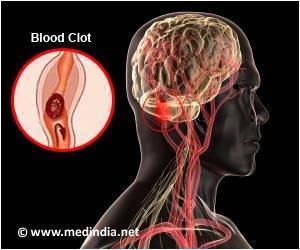Greater levels of specific fats and proteins that are found in Lewy body dementia (one of the most common forms of dementia) may help with its diagnosis and testing the treatment efficacy.

‘Greater levels of specific fats and proteins that are found in Lewy body dementia (one of the most common forms of dementia) may help with its diagnosis and testing the treatment efficacy.’





Lewy body dementia is characterized by memory decline, difficulty in concentration, fluctuating levels of alertness, movement issues, and visual hallucinations. “The findings from this study are significant not only as they bring us closer to finding out why nerve cells die in Lewy body dementia, but also importantly, pave the way towards sensitive and accurate testing for the disease,” says Dr. Kurzawa-Akanbi of the Newcastle University Biosciences Institute.
Lewy Body Dementia and Fats
Changes in a gene called glucocerebrosidase (GBA – breaks down certain types of fats in the brain) is often encountered in people with dementia with Lewy bodies. However, the mechanism remains unclear.
It was found that specific fats called ceramides are increased in brain tissue samples from people who had Lewy body dementia. Moreover, the increased amounts of ceramides were found in everyone with Lewy body dementia rat, and not only in those people who had changes in GBA.
Advertisement
“This is a very exciting discovery that will give hope to the many thousands of families affected by Lewy body dementia (LBD)”, says Jacqueline Cannon, Chief Executive of The Lewy Body Society.
Advertisement












